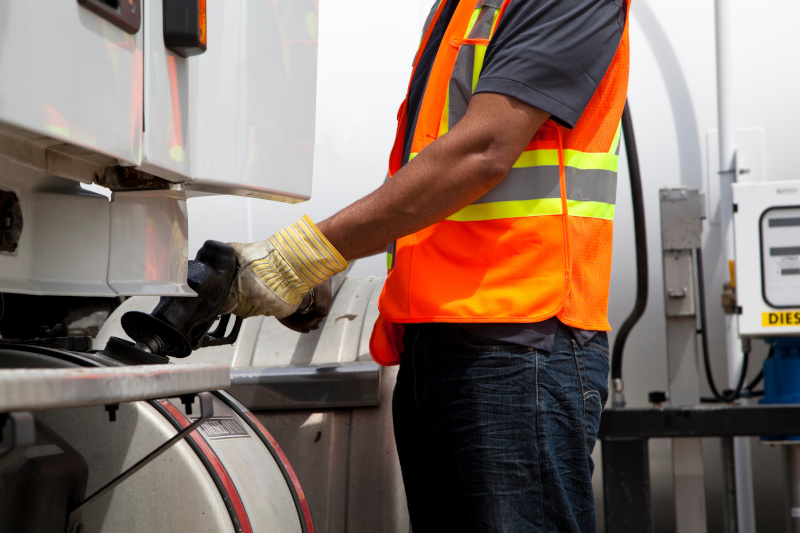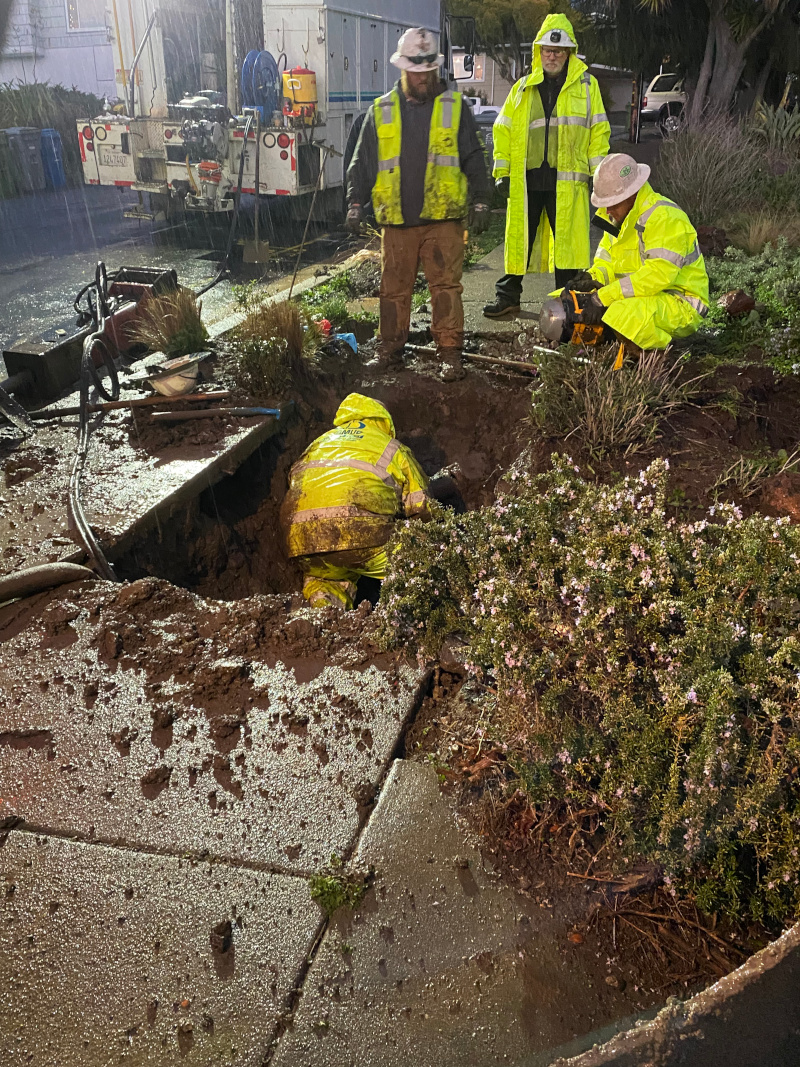1. Public Works Leads are Continuously Asked to do More with Less

In municipal management the “do more with less” trend has been in place for years, but the pandemic significantly escalated it. Many Public Works 0perations are short-staffed, and the challenges of hiring and retaining new staff is formidable. As a result, many operations are having to increase pay rates, for starting workers and long-term staff, furthering cuts into operating budgets.
At the same time, citizens demand more transparency and expect a higher level of service concerning the management of their municipalities. The average person is much more vocal with local governing bodies and Public Works Directors vs. in the decades past.
The “public perception” battle is ongoing, and more frequently Public Works Superintendents, Directors, and Administrators are asked to justify expenditures and funding requests.
The additional level of detailed information Public Works Directors are being asked for is challenging. This issue is either because it hasn’t been tracked previously, or the amount of time it would take to sort or dig through spreadsheets, paper files, or old software systems is simply too prohibitive.
2. Too Many Manual Processes Make It Challenging to Efficiently Track and Complete Work
Many Public Works Directors are concerned about their aging infrastructure and most we visit with, have a desire to increase the amount of proactive maintenance being completed. However, their existing decentralized tracking methods make it nearly impossible to manage what needs to be done and when. This results in the Director and their team being in a constant state of reacting to the issues, which can become overwhelming.
The constraints of the manual process also make it difficult to manage the “request life cycle” efficiently. When a service request is received by phone or in an email, it is often transcribed on a paper document to notify the appropriate supervisor or crew member of the issue at hand. One of the biggest challenges is that work “falls between the cracks” or gets “lost in the shuffle.” As a result, Public Works Directors find themselves frustrated by how much time is wasted chasing information. It is particularly disheartening when they are notified by a constituent or governing body member of any uncompleted requests, because they feel it reflects poorly on their operation.
3. Inefficient workflow and increased fuel costs causing Public Works Directors to consider Mobile Technology

There has been a significant trend in recent years where Public Works Directors began considering the utilization of mobile devices in the field. This has allowed for crews to receive and document work in real-time. Yet, there are also reservations about crewmember’s unwillingness and inability to adapt to this process shift.
Change is a hard, and a willing or unwilling crew can be the difference-maker. So many Public Works Directors are realizing that an “all or nothing” approach isn’t always necessary. Some overcome the paradigm shift by utilizing a hybrid approach. This allows the willing, technologically proficient crew members to utilize mobile technology, while those less comfortable with technology can continue to communicate on paper. In this case, a supervisor can manage the task of entering the hand-documented information into the device, so it is properly captured.
The benefits of change result in a reduction of fuel costs and more efficient completion of work due to fewer back and forth trips when seeking information. Communication bottlenecks between the office staff
and ground crew have been reduced, while the accuracy of data has increased due to the ability to document completed work in the field vs. having to remember and inputting it days after.
Additionally, crews using mobile devices are able to identify, geolocate and photograph issues they see in the field instead of waiting for a citizen to report it, which leads to overall efficiency.
4. Increasing Concerns about Operational Capabilities to Manage Natural Disaster
The increased number of natural disasters in the past few years has many Public Works Directors questioning how prepared their operations are, in the event a disaster was to occur. This has created a certain level of fear, uncertainty, and doubt within the department. The thought of trying to document hundreds or thousands of damaged sites and tracking the work that has been completed is daunting. And then they need to cost gather to suit the requirements of FEMA and that takes an incredible amount of research if assets are not properly documented in a system. There are many factors that need to be considered in assembling a contingency plan, including the communication in the event of loss of power at the office, limited cellular coverage, and capabilities of current the system and staff workload to name just a few.
Almost all Public Works Directors understand the importance of having efficient workflows and tracking methodologies in such an event, but they simply aren’t quite sure where to start and are looking for a little guidance.
Questions We are Asking and Answering for Our Clients:
- What is your “why” for considering a change? Is it big enough to justify the change?
- What are your biggest frustrations or challenges with the way things are now? Are these challenges able to be mitigated by technology?
- How can we navigate the sea of “solution providers” and narrow in on the best fit for us?
- Who would our Core Team be to lead the change?
- What kind of useful or historical data do you have now? This data may come from various sources, ranging from existing spreadsheets, a current GIS system, an older system that was being used, or is no longer working as it should. Sometimes, it’s all “in someone’s head.”
- Would it be better to “Start Fresh” with a database or bring existing work data into a new system? The biggest question to answer in this regard is regarding the accuracy or completeness of the data. How important or frequent of a need would it be to access historical information?
- In a year after implementation, what outcomes would your ideal system be providing?
Let’s visit a bit further to see if we might be enough of a fit to bring value to your operation and justify a next step:
Jerry Ketoff, jketoff@novosolutions.com, tel: (757) 687-6590 Ext 113







